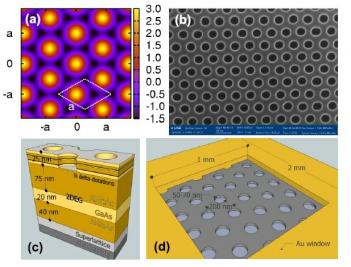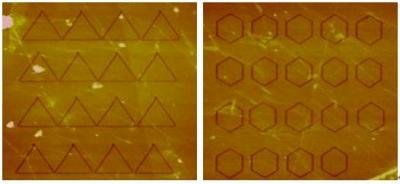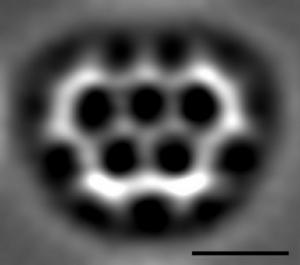Researchers discuss developing artificial graphene
Researchers from institutions in the Czech Republic, France, Canada, and the US have identified all the main criteria required to make artificial graphene. The idea is to use high-quality two-dimensional semiconductors to fabricate a new crystal with an "artificially" created honeycomb lattice - just like Graphene.

No one has yet succeeded in actually creating an artificial graphene, but at least now the scientists were able to extract all the parameters relevant for artificial graphene and suggest their proper combination. Hopefully this will lead to actual development of such a material. Indeed the researchers say that there's not principal obstacles preventing fabrication of artificial graphene, but they do admit that it's a rather tricky issue...

